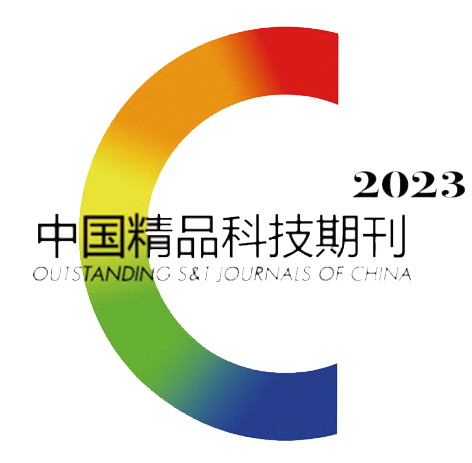Abstract:
In order to reveal the aroma compositions of two varieties of Yunnan teas processed based on the Liu Bao tea craft and to explore the more suitable varieties of tea plants for making Liu Bao tea, headspace solid-phase micro extraction and gas chromatography mass spectrometry (HS-SPME-GC/MS) was used to analyze the aroma compositions of two varieties of Yunnan teas by combining the relative odor activity value (ROAV) method with the relative odor activity value (ROAV) method. Headspace Solid-Phase Micro Extraction and Gas Chromatography Mass Spectrometry (HS-SPME-GC/MS) was used to analyze the volatile constituents of the two varieties of tea from Yunnan by using the Relative Aroma Activity Value (ROAV) method. The results showed that a total of 152 volatile components were detected, with alcohols and esters as the main volatile components, and linalool, lauryl alcohol, nonanal, dihydrokiwifruit lactone, methyl linolenate and methyl palmitate as the main volatile components, and the results of ROAV showed that there were 19 main aroma-contributing volatile components during the processing of the two varieties, and the aroma compounds that were significantly contributed by the two samples included benzene, methanol, decanal, methyl linolenate and methyl palmitate, which were the most important volatile components in the two varieties of tea. methanol, decanal, nonanal, α- Ionone, 1-octen-3-ol, cedrol, linalool, (E)-linalool oxide (furanoid). 3 volatile organic compounds including nonanal, decanal, and
β-Ionone, contributed to the formation of the aged aroma of Yunkang 10 (Y6), and 5 volatile organic compounds including
α-cedrol, longleaf pinene,
β-cedrene, D-Limonene, and
α-Ionone, contributed to the formation of the aged aroma with ginseng fragrance of Heilongtang population (H6). In this study, from the perspective of aroma composition, it was clearly established that both Yunkang 10 and Heilongtang population are suitable as raw materials of Liu Bao tea, in which Heilongtang population is higher than Yunkang 10 in sensory review, key aroma components and content, so Heilongtang population is more suitable for making Liu Bao tea compared with Yunkang 10.




 下载:
下载: